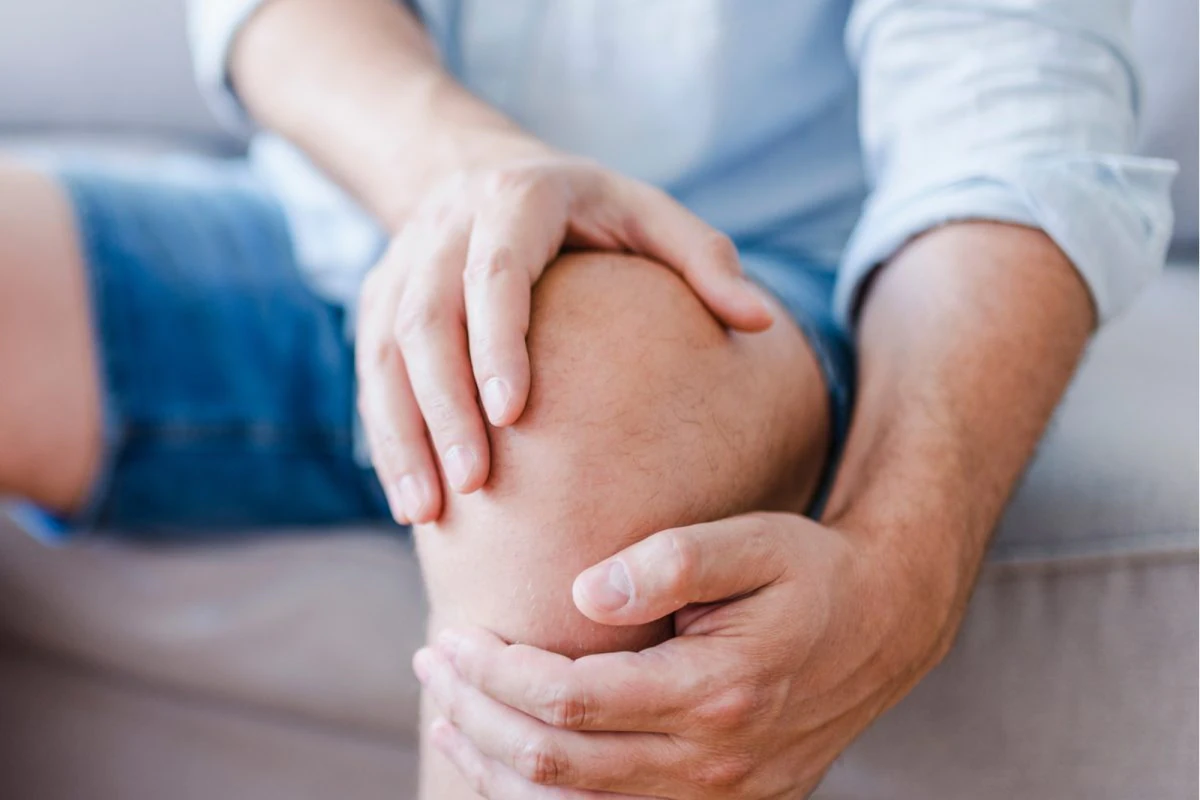
How to Alleviate Arthritis Symptoms
The most obvious of the many arthritis symptoms is joint pain. In addition to pain, this condition can cause fatigue and stiffness, which can make it difficult to do day-to-day activities. For some people, the loss of function is the most frustrating part of their condition, especially when it prevents them from doing things such as holding a child or performing their daily tasks. Fortunately, there are some steps you can take to help alleviate your symptoms.
Pain in the joints is one of the classic signs of arthritis, and it can be triggered by activity and set in after activity. Other symptoms may include swelling of the joint or tenderness when pressed. These symptoms should prompt you to seek medical care. For people with joint pain, it is important to know the causes of the condition. In some cases, symptoms of arthritis can last for a long time. While the condition can be painful, it is often not serious.
While the exact causes of arthritis are not known, many people share common symptoms. While some types of arthritis are caused by genetics, other types are triggered by environmental factors. Inflammation of the joints is part of the body’s healing process, and occurs as a defense against bacteria and viruses. However, sometimes it occurs for no apparent reason, causing the symptoms to be subtle and difficult to detect. However, symptoms of arthritis may not be obvious until the joint swelling worsens.
Taking a healthy diet is another important step toward alleviating symptoms. Some diets, including whole grains, are beneficial in alleviating joint pain. In addition to reducing inflammation, you should also cut back on refined processed foods and animal-derived foods. In addition, try to get adequate sleep. Lack of sleep exacerbates joint pain and fatigue, so improve your sleep habits to be comfortable and get restful. To improve your sleep quality, limit screen time before bedtime.
In the early stages of the disease, foot joints may be affected. People may feel tenderness when walking on their heels or with bent toes. They may experience redness or swell around the affected joint. Additionally, the person may feel numbness in the foot. Further, patients may have pain when lifting their toes or walking. This is a common symptom of RA. If left untreated, a person can develop serious complications.
Other common symptoms of arthritis include pain, stiffness, warmth to the touch, and swelling. It is best to seek medical attention as early as possible to minimize joint damage. Fortunately, effective treatment can limit the inflammation and pain, and reduce joint damage. With proper diagnosis and treatment, it is possible to prevent the damage caused by RA. There is currently no cure for arthritis, but early treatment can help patients live as pain-free as possible. In the meantime, there are many ways to treat your symptoms.
One of the most common symptoms of rheumatoid arthritis is ocular inflammation. Patients with rheumatoid arthritis commonly experience keratoconjunctivitis, also known as sicca. Other symptoms of rheumatoid arthritis include episcleritis, which results in intense redness of the affected eye. Rarely, corneal ulcerations may occur. Symptomatic treatment will vary depending on the symptoms of arthritis.



